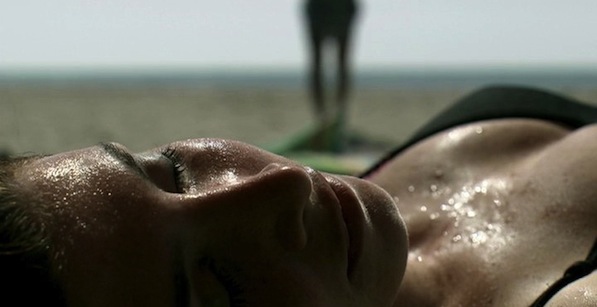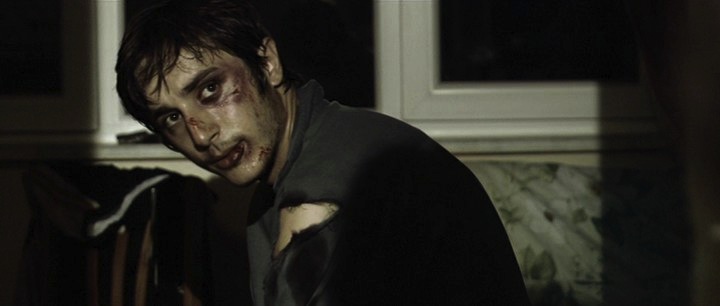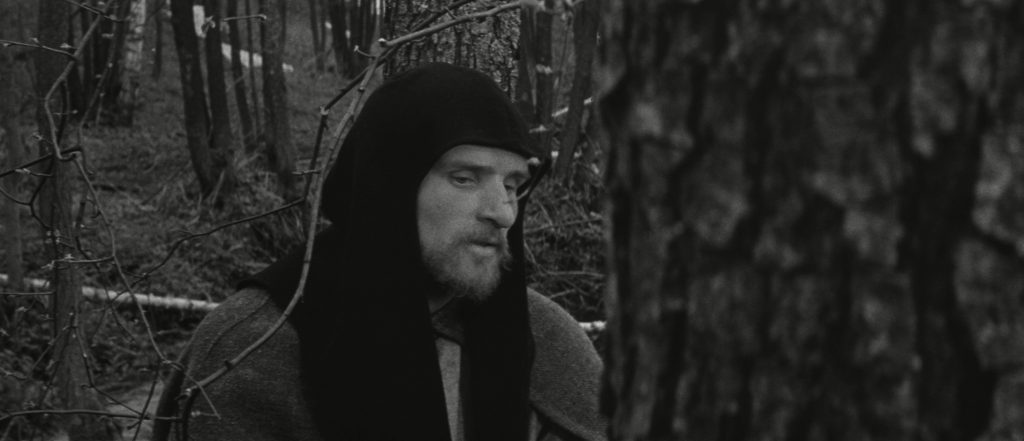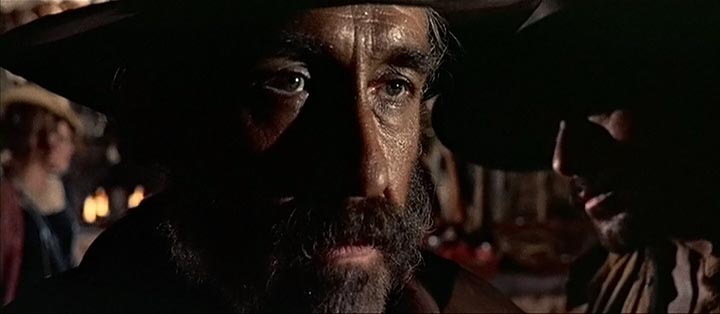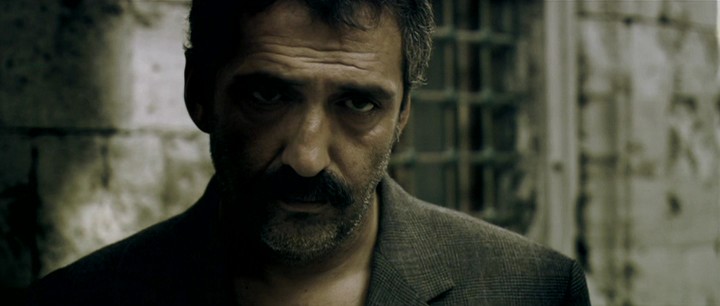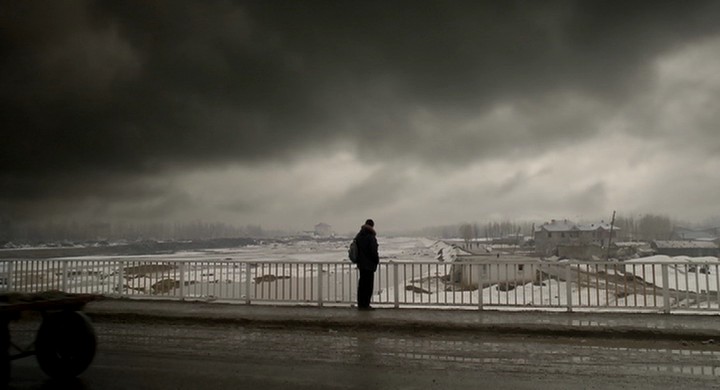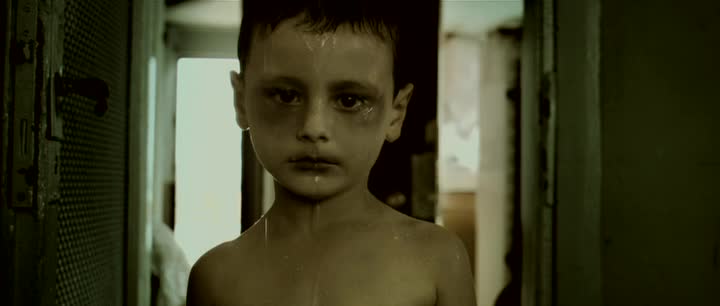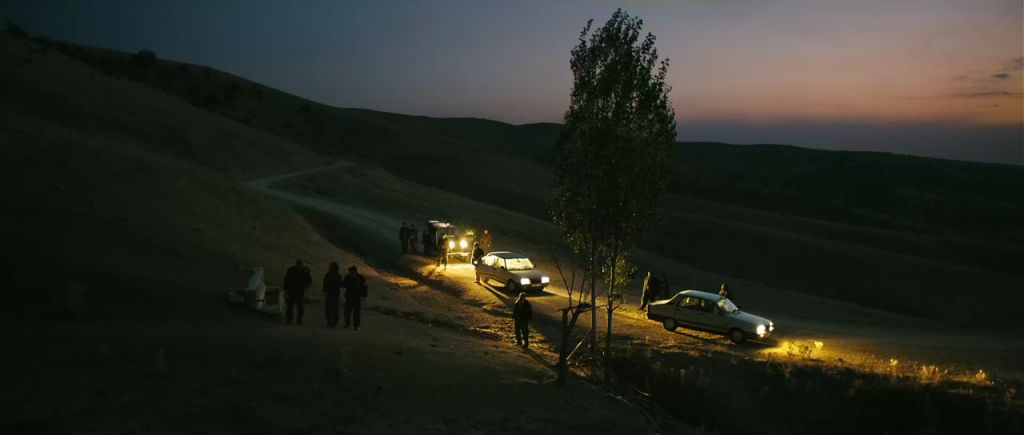Turkish cinema has a long and storied history, but few of the country’s films have garnered much recognition—until recently, thanks to directors such as Yesim Ustaoglu (Journey to the Sun), Semih Kaplanoğlu (Egg, Milk and Honey), Ferzan Ozpetek (Steam, Facing Windows) and Nuri Bilge Ceylan (Climates, Three Monkeys, Once Upon a Time in Anatolia).
Ceylan’s films in particular, which continue to show up in Cannes’ Official Selection year after year and receive limited distribution in the U.S., have helped, if not entirely expand this country’s cinematic reach, helped showcase the unique abilities of a body of Turkish talents, including Ceylan’s frequent cinematographer Gökhan Tiryaki.
Born in Istanbul in 1972, Tiryaki began his career in television, and then transitioned to feature films with Ceylan’s emotionally cool Climates. From the digital intimacy of that film to the haunting specters of Three Monkeys (2008) to the barren wastelands of Once Upon a Time in Anatolia (2011), Tiryaki has helped craft some of the most memorable (digital) images.
Ceylan, a photographer in his own right, usually gets all the credit—there is little to no mention in the media of the cinematographer’s contributions to his films—but Tiryaki is beginning to set out on his own. His last feature, Reis Çelik’s Night of Silence (2012)—called an “intimate, sensitive and well-shot portrait of a tragic situation foretold” by Screen Daily—won the Crystal Bear at the 2012 Berlinale. Keyframe spoke to Tiryaki about digital cinematography, lighting up the Anatolian sky, and how Zach Snyder’s 300 was a seminal artistic influence.
Thanks to Ali Arikan, chief film critic of Dipnot TV, a Turkish news portal and iPad magazine, for translating.
Keyframe: What inspired you to become a cinematographer?
Gökhan Tiryaki: The year was 1986 and I was fourteen. I saw a magazine called ‘The Art of Photography’ in a newsstand. There was a black-and-white photograph on the front cover, and it grabbed my attention, almost instantly. I started buying the magazine every week. I was reading with all my attention and absorbing every detail in it. I adored the photographs, and found out about various photography techniques. My dad had a 6×6 large-format camera, which game me the opportunity to try out the various compositions or techniques I saw in the magazine. I realized I had a deep interest in photography. Afterwards, I took the entrance exams of what was then the country’s only film school, but I did not pass. The most influential film in my life has to be Tarkovsky’s Andrei Rublev. I keep coming back to it. Also, I still learn something new each time I watch Sergio Leone’s Once Upon a Time in the West. What really drove me into the cinema were the films themselves, not just the DPs, or the directors, or actors.
Keyframe: How did you meet Nuri Bilge Ceylan? And how would you describe your collaborative process?
Tiryaki: I had always known about NBC and followed his work. I used to work as a steadicam operator and as a cinematographer for a company that also rented out equipment, and Nuri Bilge Ceylan used to come to find out about the technical aspects of HD cameras, which is when we met.
When planning a particular scene with NBC, we initially begin with a brainstorm about the settings. Where to put the camera, how to light the room. He says something, I say something else. We each put forward our views, and the whole thing is almost like a battle. Sometimes one of us gets their way, at others, we reach a mutually agreeable method or angle. And then we start discussing which lens to use and why, and the whole thing is like film school. In fact, once the shoot is over, I immediately miss this process. As a director, NBC is also very much interested in the process.
Keyframe: What were the challenges of shooting digitally on Climates and how did you surmount those challenges? Is there anything about digital that you love?
Tiryaki: Back then, film labs had only recently begun to find out about HD transfer to film, and the veracity of much of this information had yet to be determined. So we had to control each step, and I remember spending a lot of time on each step during the transfer, all the while trusting our eyes. That was a time when everyone said: ‘You can’t shoot this stuff on digital,’ whereas now, almost no one shoots on film. HD cameras work on a linear color space whereas film works on a logarithmic color space. These days, even if you shoot everything properly and at the correct values, what you end up with is on a totally different color space from film. As such, what you try to do is to reach the colors as they were on set on your film print. We worked on this a lot back then. In fact, this was something I wrestled with until Once Upon a Time In Anatolia. Very recently, we managed to resolve the issue. By the time we were shooting Three Monkeys, we were in full control, which allowed us to act boldly while choosing the color palette, and it was a relatively speedy process.
Keyframe: Can you describe, in specific technical terms, how exactly you captured the haunting image of the phantom boy in Three Monkeys?
Tiryaki: That scene offers psychological information about the loss of the character’s brother in the past, and possibly the character’s seeking forgiveness about it. NBC did not want to give the audience direct information. Instead, he wanted a scene where the character, because of his own psychology, would see a dreamlike vision of the character, whom the viewer would come to understand is his brother who had drowned, possibly because of the character’s fault. In order to show that the scene was being seen through the character’s point of view and also to communicate to the viewer the character’s mood, we tried to use a well-adjusted blurry picture. Our camera could not shoot in slow motion so we slowed it down in post. In order to make sure that the blurred shot looked the way we intended, we decided to have blurry shots of the kid at various different positions. NBC did a masterly job of adding other elements like the sound of water to the scene.
Keyframe: Can you describe what you were trying to achieve with the visual palette of Three Monkeys? And did you look at any other films or works of visual art to inspire you?
Tiryaki: While we were starting to work on the movie NBC showed me a photograph from the spot we were going to shoot. Work had been done on the palette, and he told me that we needed to make the movie like this, extraordinary and effective. There was a high contrast level with drab and cold colors. When I saw it I was amazed and excited: it was fearless, breaking all the rules, the whites were off and blacks were buried and even the veins on the people’s faces were visible and this matched the movie’s drama. During the time that we were in the color grading room, we were looking at the trailer of 300. We analyzed the work out there a lot, but 300 was the closest to what we wanted. By the way, the color work of the movie was done in an editing program called Avid Nitris and this was a first, and the color tools of the program actually impressed us.
Keyframe: Once Upon a Time in Anatolia is far less stylized than Three Monkeys, but I’m sure it presented its own challenges. Can you talk about the difficulties and how you captured those stunning landscapes?
Tiryaki: The most challenging [shoot] was Once a Upon a Time in Anatolia. The Anatolian plateau night or in the morning is really challenging; it is a large scale and hard to light up. I have never used that much lighting equipment. What we wanted to create was the endless, hopeless and ordinary view to be shared with the characters. We were after a natural look; we tried to keep the natural view. For four weeks, we did shooting at night, and as we were in a car, so we could not shoot ‘day for night.’ The headlight-killing scene at night needed a long period of time to set up: I used 1,000 kW lamps in far spots, and for the moonlight I used a 25 kW balloon very high in the air.
Keyframe: Are you interested in working as a cinematographer on European or American films? And what are you working on now?
Tiryaki: Yes, I am receiving proposals and would love to take part in other projects. I even received an offer from the U.S. for a very prestigious picture but we could not make it work. I’ll probably end up working in the States soon. Now, I am starting a new drama for Turkish director Cagan Irmak (My Father and My Son, Alone), shooting in Istanbul.

